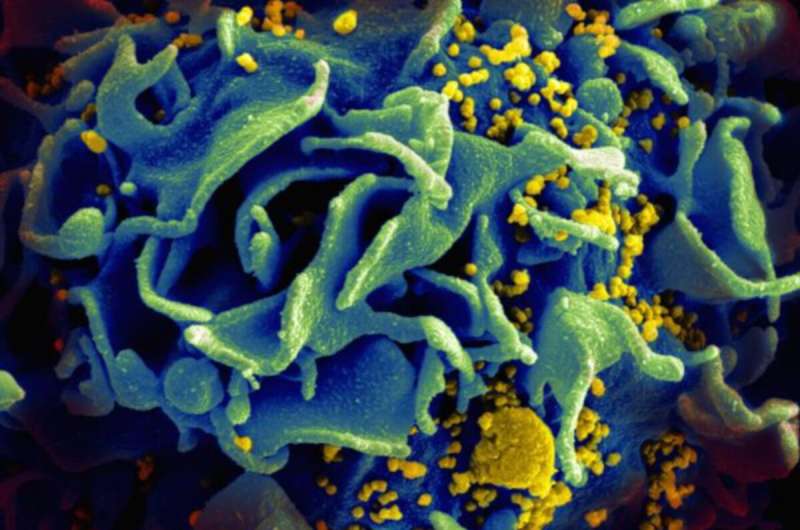
The number of people diagnosed with HIV in New Zealand declined in 2020 to the lowest annual number since the early 2000s.
Figures released today by the AIDS Epidemiology Group, University of Otago, show 162 people were notified with HIV in 2020, of whom 95 were first diagnosed in New Zealand and 65 were reported to have acquired HIV locally.
The number of people diagnosed in New Zealand (95) has halved since the peak of 196 in 2016, and represents a 35 percent decline from the annual average of 145 in the years since then (2016 to 2019).
AIDS Epidemiology Group leader Dr. Sue McAllister says the results are very encouraging.
“The year 2020 was extraordinary due to the COVID-19 pandemic which is likely to have impacted on the low number of people diagnosed last year. Nevertheless, the fact that we have seen a continued decline in numbers over the last four years, and the lowest annual number in 20 years is really encouraging.”
Gay, bisexual and other men who have sex with men (MSM) are the group most affected by HIV in New Zealand. Of the 95 people diagnosed in New Zealand in 2020, 62 were MSM and 26 were heterosexually infected (16 men and 10 women). For most of the remainder, the means of infection was not reported.
“Of particular interest is the continued decline in 2020 of MSM who had evidence of having acquired HIV in New Zealand. The continued prevention efforts and the combined prevention methods of condom use, early testing and treatment, and access to pre-exposure prophylaxis are all likely contributing to this decline,” Dr. McAllister says.
In heterosexual men and women, the numbers remained small and relatively stable during the past 10 years. However, about half of these men and women are diagnosed with HIV late and have not had antiretroviral treatment to control progression of their infection.
“It is important for people who consider they may have been at risk to be tested for HIV and other sexually transmissible infections without any stigma or discrimination, regardless of sexual orientation.
“Of equal importance is for clinicians to recognize HIV as a possibility in people who present with compatible clinical signs.”
The breakdown of the total numbers in 2020, also shows about a third of the cases had been previously diagnosed overseas. This number previously diagnosed overseas has been gradually increasing during the past five years from 34 in 2016 to 61 in 2020. This is made up of people of different ethnicities and likely reflects New Zealanders and their partners returning home to live, as well as long-term visitors.
“It is important for these people to be engaged in care and on treatment to ensure good health outcomes and prevent further HIV transmission locally,” Dr. McAllister says.
Source: Read Full Article
